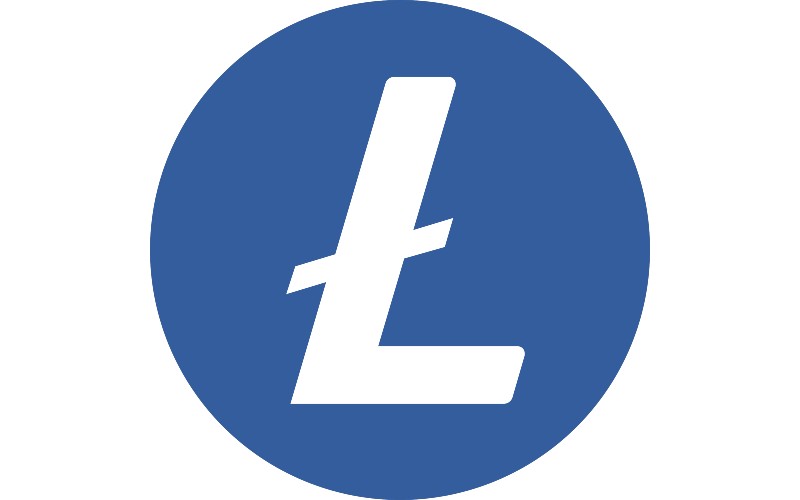A cryptocurrency which styles itself as a ‘lite’ version of Bitcoin (BTC).
Mission
Litecoin, launched in 2011 – two years after Bitcoin – was designed to be more suitable than BTC for microtransactions through faster payments and lower fees.
While it is based on the Bitcoin protocol, it has many differences aimed at rapid adoption by merchants.
Use-cases
Described as the ‘silver’ to BTC’s ‘gold’ – given that it was forked from the Bitcoin codebase – LTC is viewed as something of a testing ground for proposed changes to BTC.
For example, in 2017 LTC adopted SegWit – Segregated Witness – which segregates digital signal data outside the base block in the blockchain in order to address issues over scalability. Its success led to SegWit adoption by BTC; however, this subsequently resulted in the hard fork of Bitcoin Cash, forced by community members who preferred the solution of an increased block size to SegWit.
As well as being adopted by merchants worldwide, negligible transaction fees mean LTC is particularly suited to developing countries which have a more volatile national fiat currency than US dollars or pounds sterling.
Founders
Charlie Lee, a graduate of the Massachusetts Institute of Technology, is a former Google and Coinbase engineer who in 2011 ‘played around’ with the Bitcoin codebase to try and improve it as a side project.
He increased the total supply of tokens and changed the speed at which new blocks are added to the blockchain.
Economics
Also a deflationary currency – as its total supply is limited – approximately 84 million LTC tokens will be created, quadruple the total supply of BTC.
Litecoin creates new blocks every 2.5 minutes, four times faster than Bitcoin, and also differs in terms of the hashing algorithm used.
